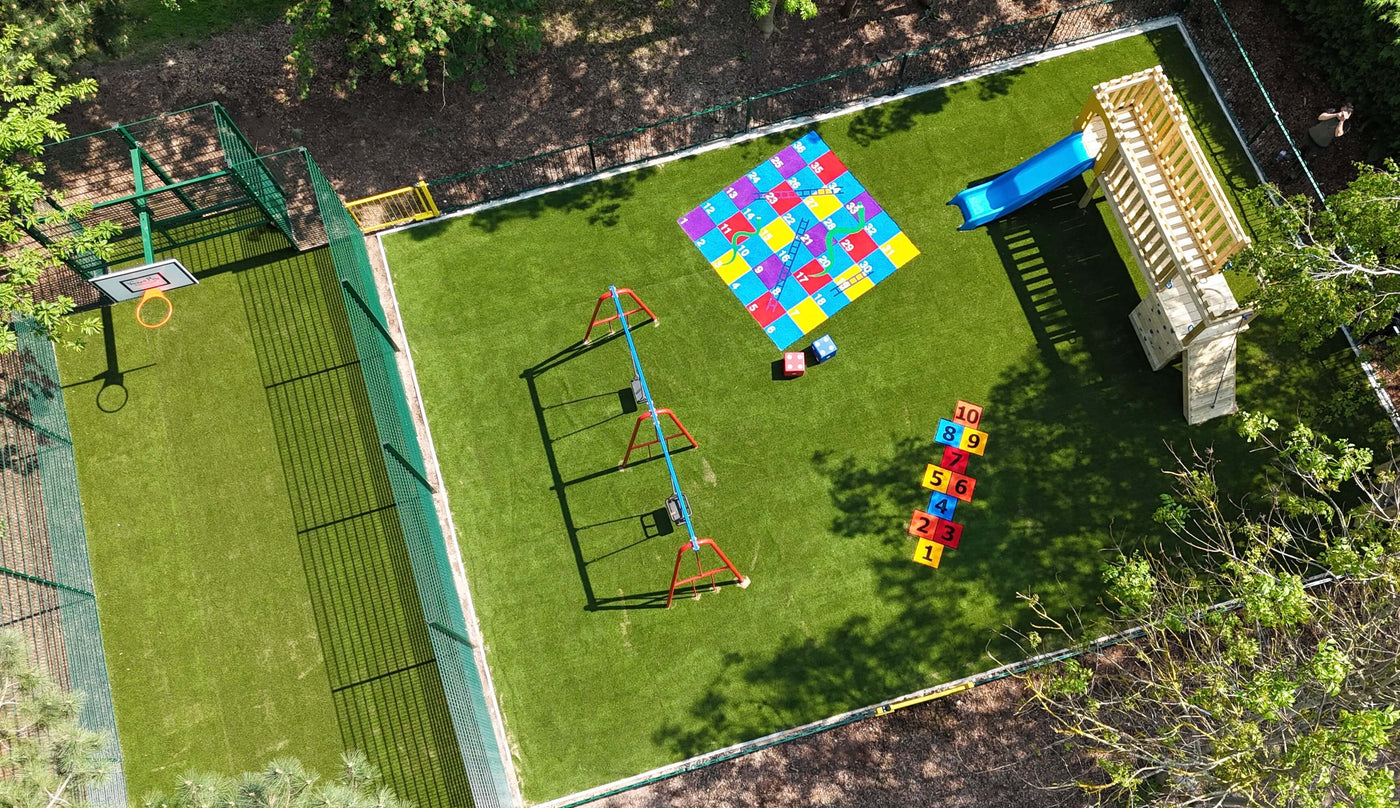-
Learning Disguised as Fun
Digital games designed for learning are masters of sneaky education. From maths apps that turn sums into puzzles to language games that make spelling an adventure, kids often learn without realising they’re doing it. Who knew fractions could be fun when they’re saving a kingdom? -
Problem-Solving Pros
Games with levels, challenges, and puzzles help kids sharpen their critical thinking skills. Whether it’s figuring out how to escape a digital maze or strategising the best way to build a virtual city, kids are learning to think ahead and adapt. -
Fine-Tuning Motor Skills
Tapping, swiping, and dragging may seem simple, but they actually refine hand-eye coordination and fine motor skills. That precise swipe to launch a catapult in a game? It’s stealth practice for coordination. -
Encouraging Creativity
Apps like digital drawing tools or games that let kids design and build their own worlds unleash imagination. From crafting dream houses to inventing quirky characters, the creative potential is endless.
-
Screen Time Overload
Too much of anything is a bad thing, and digital play is no exception. Excessive screen time can strain eyes, affect sleep, and take time away from outdoor adventures or real-world social interactions. -
Limited Physical Activity
While digital games exercise the mind, they can’t replace the physical benefits of running, jumping, or climbing trees. A balance between on-screen and off-screen play is essential for overall development. -
Mindless Games vs. Meaningful Play
Not all digital games are created equal. While some are rich with educational content, others are simply designed to keep kids clicking. Parents and teachers need to make smart choices about which games are worth the time. -
Social Isolation Risk
Playing alone on a device can’t replicate the social skills gained from face-to-face interaction. Even multiplayer games can lack the depth of in-person teamwork and communication.
- Pick Purposeful Games: Look for apps that are age-appropriate and focus on learning or creativity, like coding games or digital art tools.
- Set Time Limits: Balance screen time with outdoor play and social activities. A good rule of thumb? No more than an hour or two a day, depending on your child’s age.
- Join in the Fun: Play alongside your child! Whether it’s co-solving puzzles or cheering on their progress, shared screen time can become bonding time.
- Encourage Off-Screen Play: Use digital games as inspiration for real-world activities. Played a gardening sim? Plant a mini garden together! Solved a digital mystery? Create your own treasure hunt outside.


